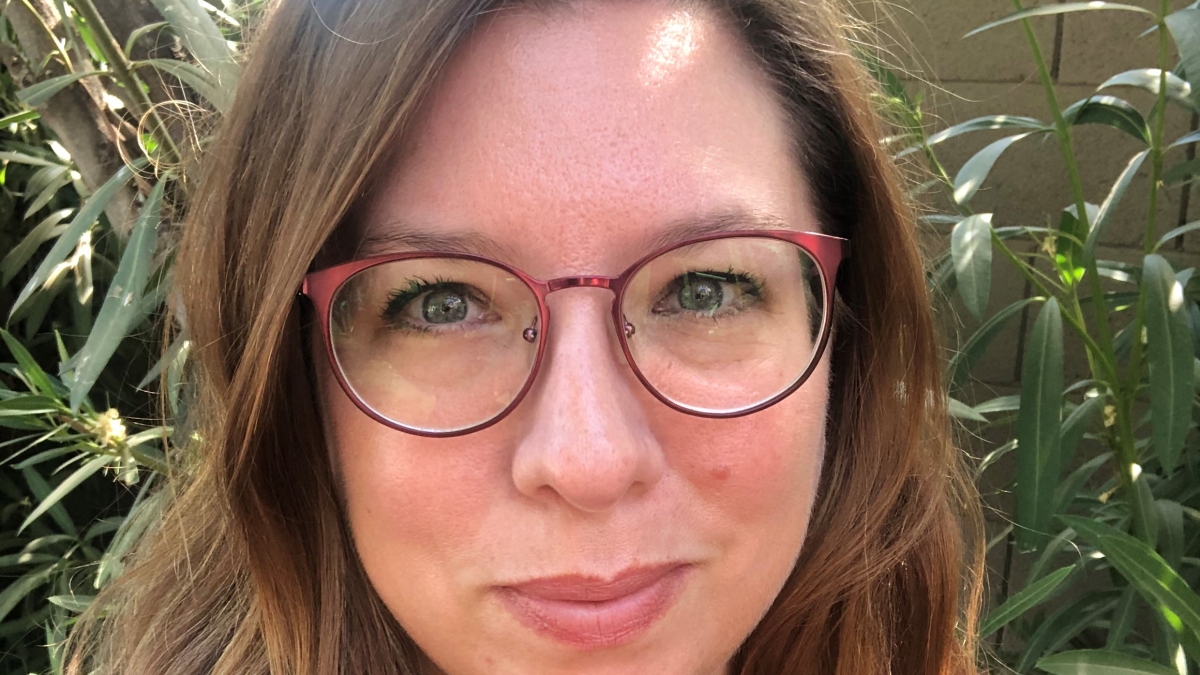ASU professor receives grant to study risks of contracting COVID-19 in correctional institutions

Danielle Wallace, associate professor, Arizona State University School of Criminology and Criminal Justice.
An Arizona State University associate professor of criminology and criminal justice will use a $200,000 National Science Foundation grant to assess risks of COVID-19 infection among incarcerated persons and those who work in correctional institutions.
Danielle Wallace of the Watts College of Public Service and Community Solutions’ School of Criminology and Criminal Justice said she and her research team will collect data from every federal Bureau of Prisons-run facility and several state correctional institutions over the next several months.
It’s likely that enough information will have been compiled within about six months to start modeling what’s occurring in prisons and compiling initial reports by later this year and into the first quarter of 2021, said Wallace, a member of the ASU faculty for 11 years.
The research will be conducted with three approaches, Wallace said:
- A data-driven dynamic disease model will focus on the timing of COVID-19 infections in the interconnected populations of correctional institutions. Researchers will assess the relative efficacy of potential best practices for infection control, either aimed at the prisoner population and/or the staff population.
- Researchers will examine the reciprocal relationship between infections and deaths in prisons among prisoners and staff and the geographic communities surrounding the prison.
- Finally, using return-on-investment (ROI) analysis, researchers will point out potential economic implications of any infection control efforts targeting incarcerated populations.
Wallace said the findings generated from the project should be useful to communities and allow facility officials to collaborate among each other to develop policies to manage infections in these settings, therefore contributing to general health and well-being of prisoners, staff and the larger communities where prisons are located.
Controlling COVID-19 infections in prison is a critical component to “flattening the curve,” as prisons are areas of high risk and high transmission of infectious diseases, Wallace said. Crowded conditions, dining in communal settings, challenges to maintain proper sanitation and the daily entrance and exit of prisons by staff all contribute to this level of risk and transmission of the coronavirus, she said.
Like cruise ships and nursing homes, prisons are high-density locations at risk for heightened spread of the virus. For prisons to evaluate the effectiveness of expenditures to reduce and contain future outbreaks, Wallace said it is important for officials to learn how COVID-19 is spread inside and outside prisons and identify the best policies and strategies to minimize infections.
“The pandemic has changed what life looks like in prisons drastically. Family visitation in many prisons has stopped. The services outside contractors provide have been on put on hold in many prisons,” Wallace said. “We hope that our research can help prisons and other close-quarter facilities get back to normal operations as safely and as fast as possible.”
More Health and medicine

The science of sibling dynamics: Why we fight, how we relate and why it matters
We have Mother’s Day, Father’s Day and even Grandparents’ Day. But siblings? Usually they get a hand-me-down sweatshirt and, with…

New study seeks to combat national kidney shortage, improve availability for organ transplants
Chronic kidney disease affects one in seven adults in the United States. For two in 1,000 Americans, this disease will…

New initiative aims to make nursing degrees more accessible
Isabella Koklys is graduating in December, so she won’t be one of the students using the Edson College of Nursing and Health…

